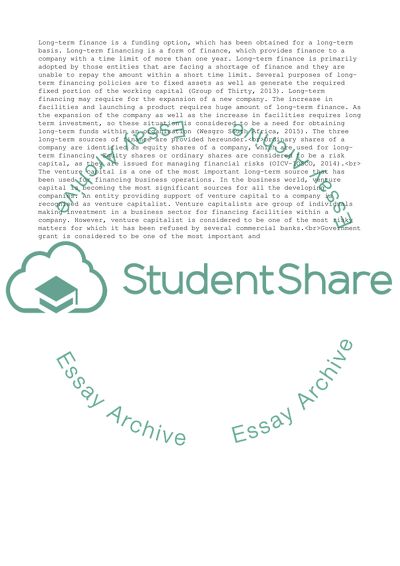Cite this document
(Managing Financial Resources and Decision Assignment, n.d.)
Managing Financial Resources and Decision Assignment. https://studentshare.org/management/1855465-managing-financial-resources-and-decision
Managing Financial Resources and Decision Assignment. https://studentshare.org/management/1855465-managing-financial-resources-and-decision
(Managing Financial Resources and Decision Assignment)
Managing Financial Resources and Decision Assignment. https://studentshare.org/management/1855465-managing-financial-resources-and-decision.
Managing Financial Resources and Decision Assignment. https://studentshare.org/management/1855465-managing-financial-resources-and-decision.
“Managing Financial Resources and Decision Assignment”. https://studentshare.org/management/1855465-managing-financial-resources-and-decision.


